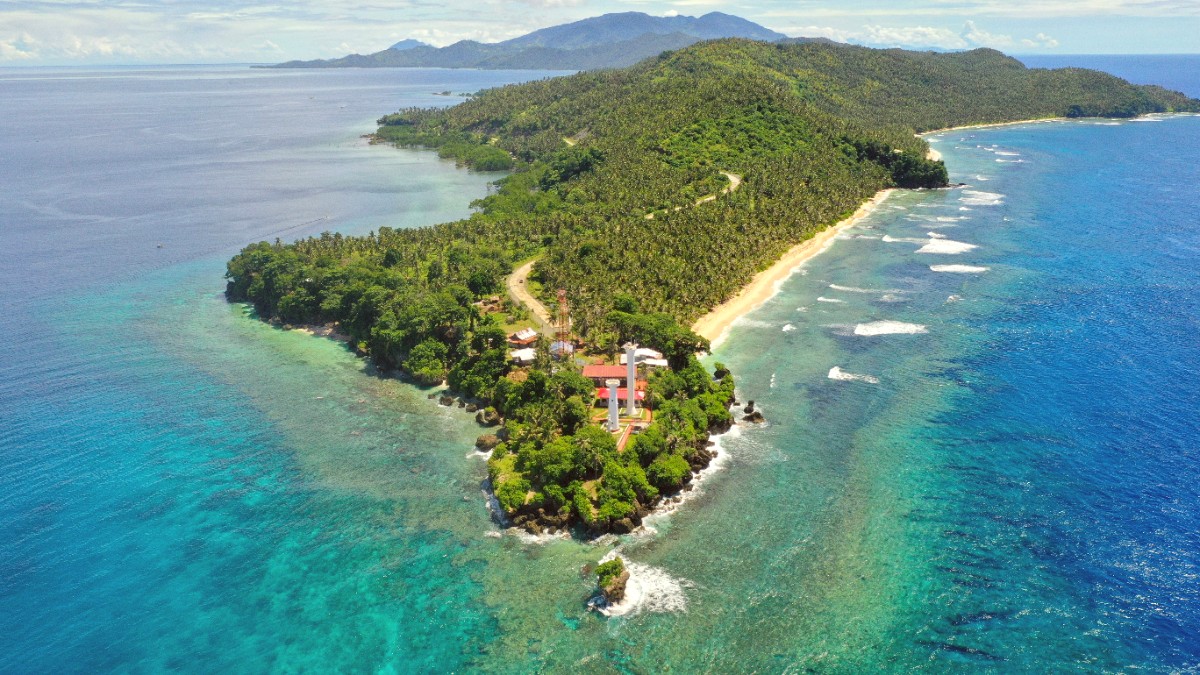
Bay Islands, Honduras
Beyond its natural beauty, the island presents a distinct blend of cultures. English and Spanish voices mix, reflecting a history shaped by various influences. Local flavors burst with fresh seafood and Caribbean ingredients. Each day brings new possibilities, from exploring hidden coves to tasting a freshly made baleada. Prepare to unwind and immerse yourself in the charm of this Caribbean haven.
The island’s character stems from a relaxed atmosphere. Life unfolds at a comfortable speed, inviting visitors to shed their worries. Sun-drenched days often end with stunning sunsets painting the sky.
Nights buzz with the sound of live music in West End or peaceful quiet in more secluded areas. This setting makes Roatan a place where visitors find both thrills and calm.
Roatan is the largest of the three main Bay Islands, an archipelago belonging to Honduras. Located in the Caribbean Sea, approximately 30 miles (48 km) off the northern coast of mainland Honduras, Roatan stretches about 48 miles (77 km) in length and is generally narrow, only about 5 miles (8 km) wide at its broadest point.
The island forms part of the Mesoamerican Barrier Reef System, the second largest barrier reef in the world. This proximity to a vast coral ecosystem defines much of Roatan's appeal and its ecological importance. The reef encircles the island, protecting its shores and creating calm, clear waters ideal for marine activities.
A spine of low mountains and ridges runs through its center, with Picacho Mountain reaching about 800 feet (240 meters).
Numerous bays, coves, and sandy stretches define its shores, with developed tourist areas in the west.
Towards the eastern end, the island becomes more remote and rugged, with traditional Garifuna villages and extensive mangrove forests.
Other islands in the Bay Islands group include Utila to the southwest and Guanaja to the northeast.
The archipelago sits on a submerged mountain range, contributing to the dramatic wall dives.
The narrow shape of Roatan means you are never far from the ocean. This makes water activities easily accessible from almost any point on the island.
Its tropical location brings warm temperatures throughout the year, with distinct wet and dry seasons shaping the landscape and daily activities. The fertile volcanic soil supports a variety of tropical plants.
This rich natural environment supports a diverse array of wildlife, both on land and in the sea, making it a destination for nature enthusiasts.
The island's position within the Caribbean Sea puts it within the hurricane belt, though direct hits are infrequent.
European contact began with Christopher Columbus's fourth voyage in 1502, when he landed on Guanaja, one of Roatan's sister islands.
This vacuum attracted a new type of inhabitant: pirates and privateers. Roatan's numerous coves, hidden harbors, and strategic location on trade routes made it an ideal base for these maritime outlaws.
Buccaneers like Henry Morgan are rumored to have frequented the island, using it as a lair from which to launch raids on Spanish galleons.
In the 18th and 19th centuries, the Bay Islands became a contested territory between Great Britain and Spain.
The Garifuna people were exiled from St. Vincent by the British in 1797. They first landed on Roatan at Punta Gorda.
The islands officially became part of Honduras in 1861, after a period of British occupation and a complex series of treaties.
Roatan today greets visitors with warm Caribbean breezes and inviting azure waters. The island caters to a wide range of travelers, from avid divers and snorkelers to families seeking a beach vacation, or those who simply wish to relax. Its main allure is the Mesoamerican Barrier Reef, offering world-class underwater exploration that draws enthusiasts from across the globe.
Lively, bohemian atmosphere with dive shops, casual restaurants, and bustling bars.
The island's most famous white sand beach, lined with larger resorts and quieter amenities.
A more residential area with botanical gardens and animal parks, offering a glimpse into local life.
Get a feel for local life by visiting the market in Coxen Hole. It is a bustling center of activity where locals buy and sell goods.
Be prepared for a warm welcome and an unforgettable experience. The laid-back atmosphere invites you to relax and enjoy.
Roatan's exceptional barrier reef makes it a world-renowned destination for diving and eco-tourism.